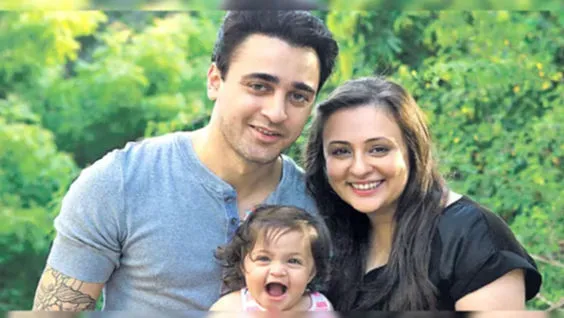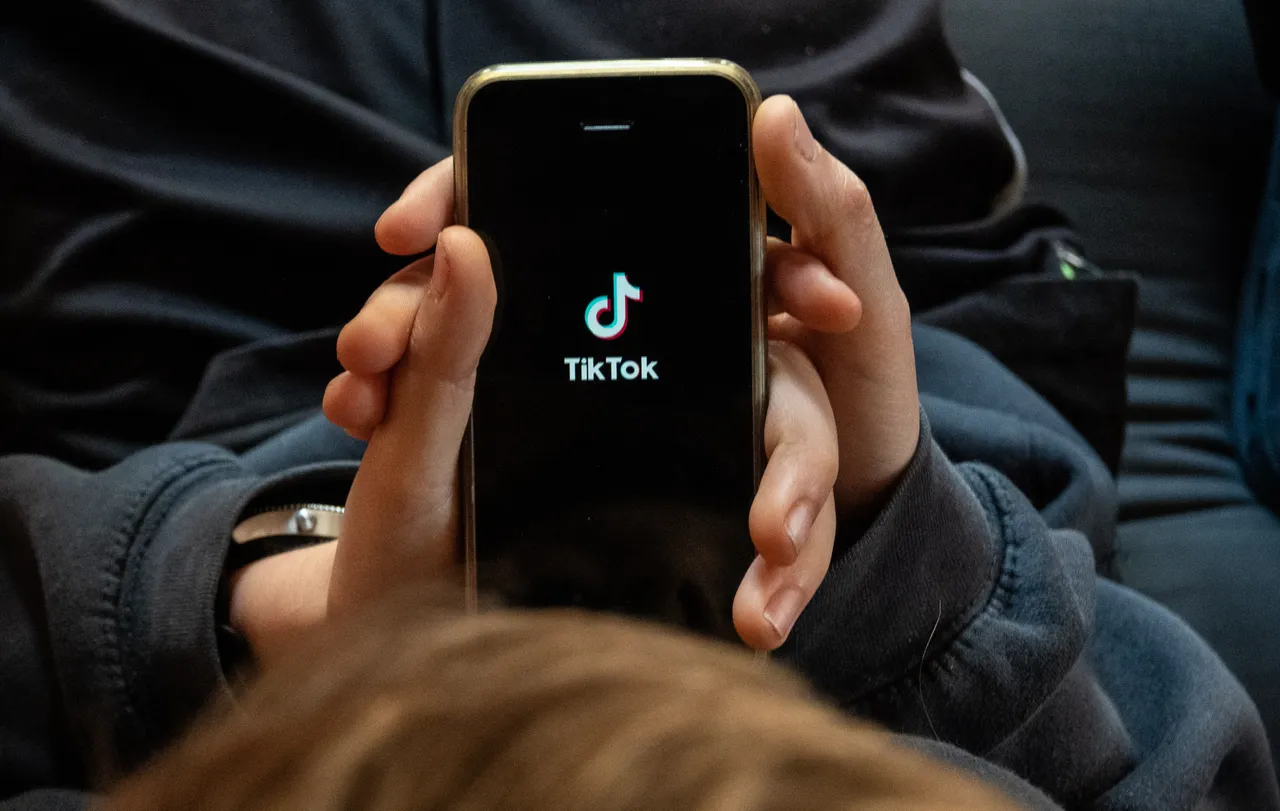School education is all about “gyaan” (knowledge) but perhaps in terms of improving quality of school education in India, it has to move much beyond just “gyaan” and “chintan” to action. The common man is just not bothered about what we think. He is really concerned about what gets translated into action. Unfortunately, education lies “below priority line” for all political parties as most of them are looking for immediate political gains that are not forthcoming from this sector.
Hence, consciously oblivious of the consequences, political parties have chosen to ignore education. This can’t go on in the interest of our children and for the future of the country. Despite a reduction of budgetary allocation in real terms for school education and despite an average tenure of less than a year for Secretaries during 2014 to 2019, the NDA government did manage to take a few initiatives, especially during the later half of the tenure, to address some of the issues that beset school education.
Some such steps are listed below: • The focus was shifted to the teachers and steps were taken to address issues relating to this critical segment. A crucial decision was taken in the context of pre-service training that is beset with mafias. There would now be an integrated course of four years for Bachelor of Education (B.Ed.). This has the potential of eliminating non-existent teacher training colleges and would encourage only those that are keen on this profession to enrol.
The government also amended the Right to Education Act to facilitate training of untrained/ unqualified teacher. There were more than a million such teachers. In-service training was also put on scientific pedestal through the use of “DIKSHA” portal.
• The segmentation of school education was done away with as a comprehensive approach was adopted through the launch of Samagra Shikha replacing the erstwhile segmented schemes like Sarva Shiksha Abhiyan and Madhyamik Shiksha Abhiyan. Preschool was brought on the agenda for the first time as was intermediate education in terms of making these segments also eligible for funding.
• Instead of pre-determining allocation of resources to each segment, states were given the freedom to determine priorities in true spirit of cooperative federalism.
• Public-private partnership was encouraged so as to leverage good work and practices with a view to scaling such practices. “Shaala Sarathi” portal was put in place to facilitate transparent interface between the Central Government, state governments, NGOs and CSR funding agencies.
• Practicable and do-able action plans were prepared for the states of Uttar Pradesh and Jammu and Kashmir. The way forward is not unnecessarily spending time on criticising and dumping all that was done before 2014. The New Education Policy has been in the offing for more than five years. It would hopefully be announced soon but policies have a limited role. Diagnosis and prescription on how to take education forward already exist.
What is needed is to get down to business and attempt to make things happen on the ground. First would be to take forward the initiatives taken during NDA 1 to their logical conclusion and the second would be to launch initiatives that should have been taken but couldn’t be taken The teacher has to be the focus as he lies at the pivot of education.
The decision taken for four-year course for pre-service training has to be implemented in letter and spirit so that fraudulent training colleges close down. Recruitment of teachers has to be centralised and bereft of all malpractices. Some states have managed to do that. Other states can learn from them. “DIKSHA” portal that has enormous potential needs to be strengthened further and leveraged for in-service training and managing this vast human resource scientifically.
It has many other facets, like maintaining teacher-related data, that can be utilised. Technology can be used to transform the delivery of education in a manner that that learning becomes an enjoyable experience. States like Maharashtra, Karnataka, Kerala and Andhra Pradesh are already doing that. Technology can also be used for ensuring attendance of teachers as has been successfully done in Chhattisgarh.
In a diverse country like ours we cannot have the same approach in all the states. Hence, each state requires different set of interventions in terms of teachers, curriculum, pedagogy and the like. Practicable action plans need to be worked out for each state wherein what needs to be done, how it will be done, who will do it and by when it will be done is clearly outlined. The National Assessment Survey done in late 2017 can help in preparing such plans.
The implementation of these plans will need to be facilitated and monitored. There is a lot that is happening in the states. There is a need to identify good practices, understand them and replicate them. It is much easier to scale “pilots” and practices that have evolved within the country than to scout for them elsewhere in the world.
Practices in school education evolved in states like Maharashtra (under inspired leadership of Nand Kumar who headed the Education Department till a couple of years ago and now under its present Education Commissioner, Vishal Solanki), Andhra Pradesh (where Sandhya Rani ushered innovative practices), Madhya Pradesh (earlier under a dynamic Deepti Gaur, Principal Secretary, Education and now with an extremely competent officer, Rashmi Arun), Haryana (where public-private partnership ushered in by Rakesh Gupta is worthy of emulation) and Rajasthan (where N. P. Gangwar spearheaded the transformation in school education) can be replicated.
Work being done by NGOs also needs to be leveraged. Some NGOs like Kaivalya Foundation, Humana People to People, Akshara Foundation, Lend A Hand and Sampark Foundation are doing phenomenal work in the field. They or government alone cannot transform school education. However, together they have the potential to bring the desired turn around. Public-Private partnership is the key and needs to be fostered.
There are a host of other issues relating to curriculum, vocational training, educating the girl child, school dropouts, value based education, children with special needs, ridiculous marking system in the examinations and private schools (treating them as partners not adversaries) that will also need to be addressed. There is a crying need to transform school education. It can be done.
It will perhaps be done as the Department of School Education at the Centre is blessed with some extremely committed and competent officers led by the redoubtable Anita Karwal. “If you think education is expensive, wait until you see how much ignorance costs in the 21st century.” Barack Obama Anil Swarup has served as Secretary, School Education, Government of India.























